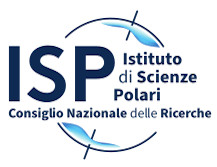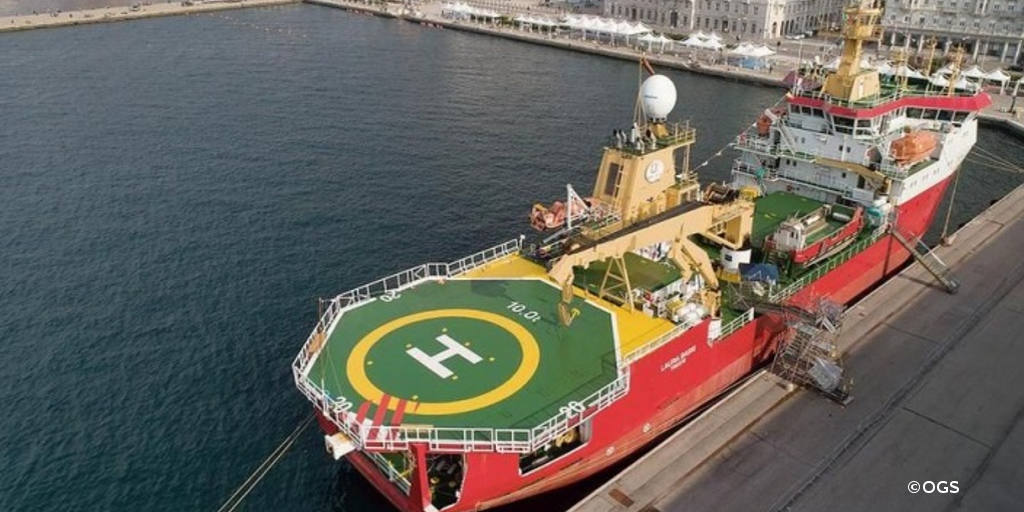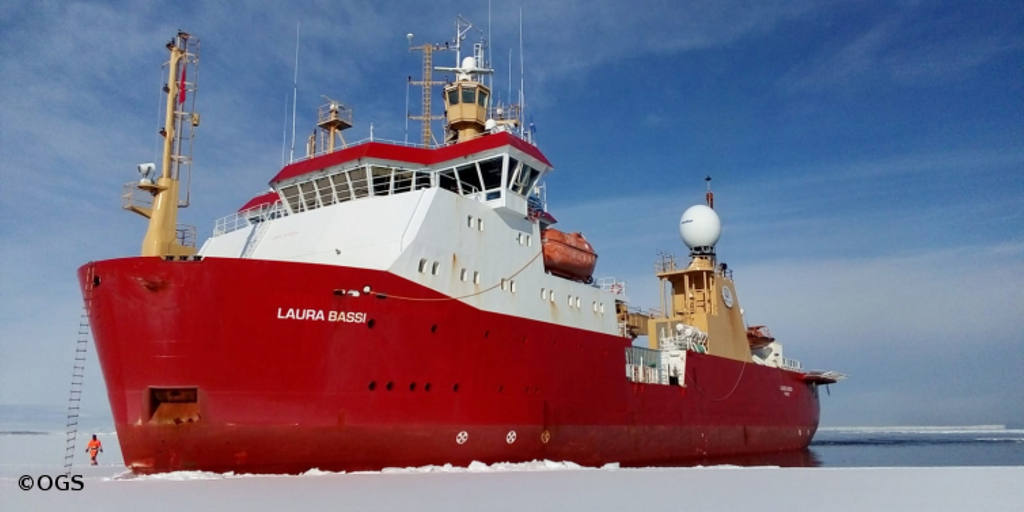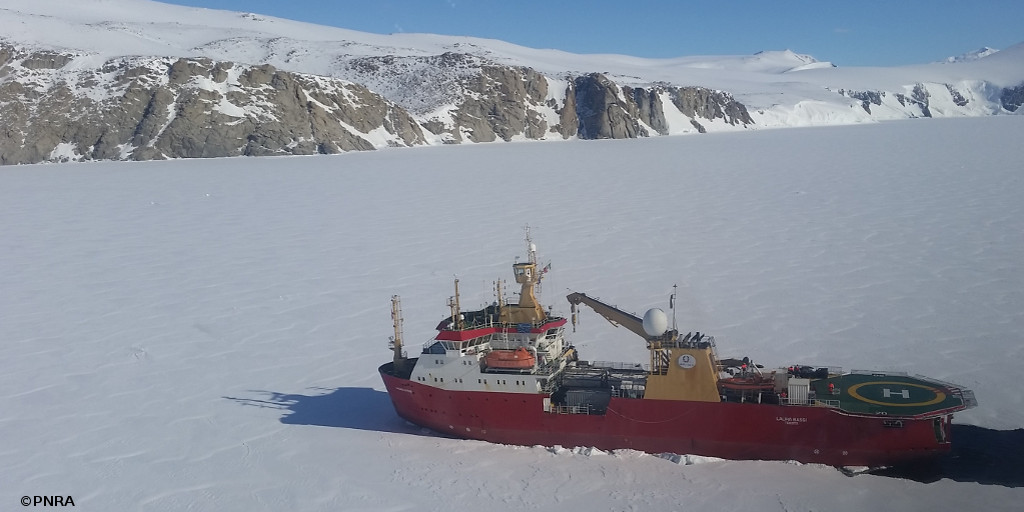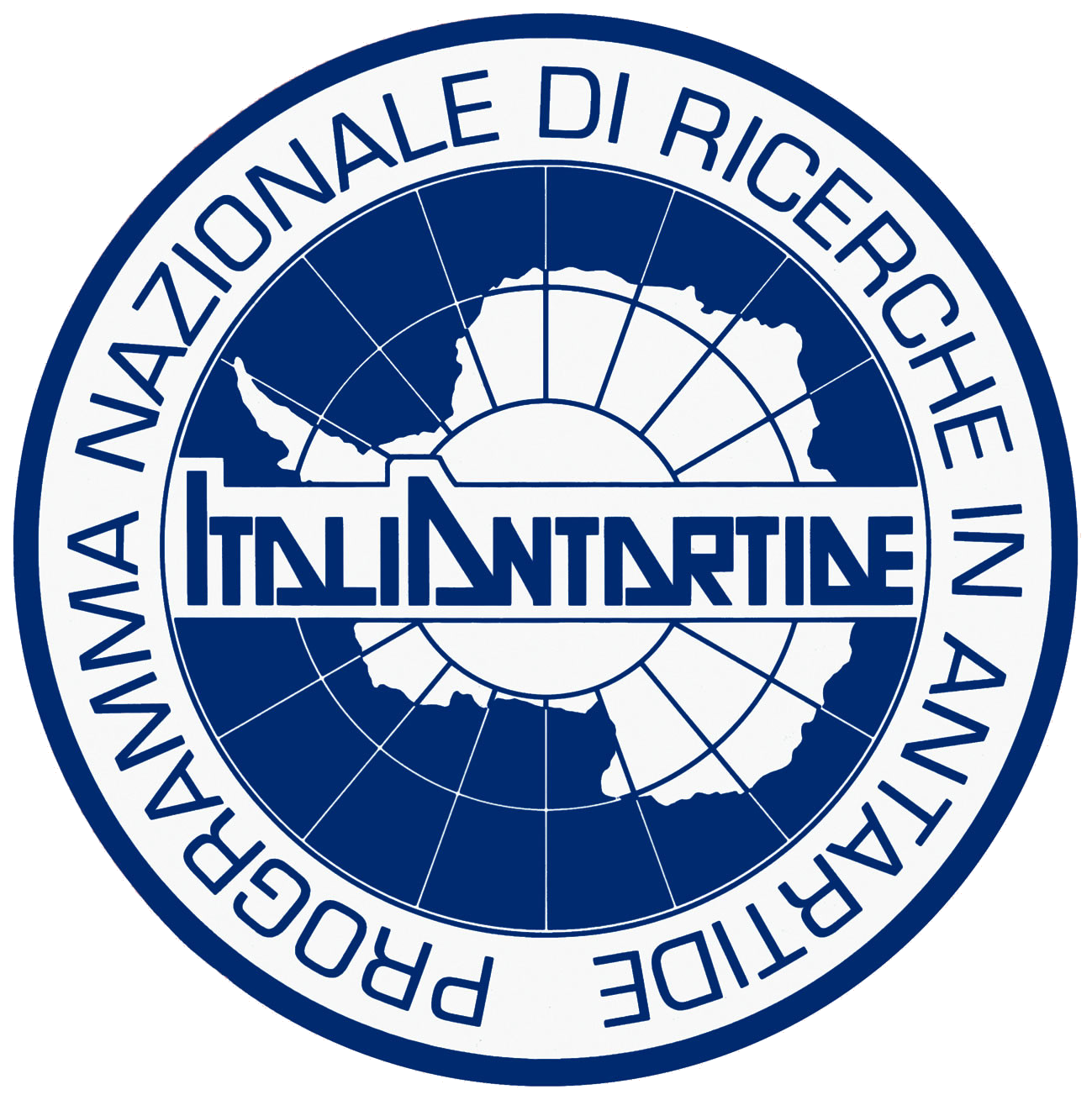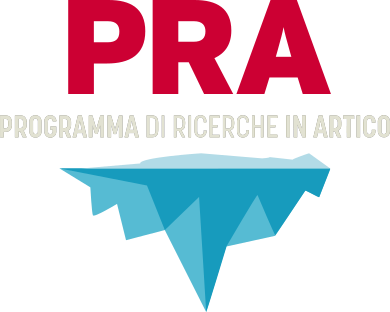 M. Sc. in Environmental Sciences, Ph.D. in Environmental Sciences (oceanography) from the University of Venice. Research Director at the CNR Institute of Polar Sciences, Venice, CNR Researcher since 1997. From 2019 to early 2025, he held the role of Head of the Research Division at NATO STO CMRE in La Spezia.
M. Sc. in Environmental Sciences, Ph.D. in Environmental Sciences (oceanography) from the University of Venice. Research Director at the CNR Institute of Polar Sciences, Venice, CNR Researcher since 1997. From 2019 to early 2025, he held the role of Head of the Research Division at NATO STO CMRE in La Spezia.
He taught classes at the University of Bologna, Ancona, and Bocconi University in Milan, and owns the National Scientific Qualification as Full Professor in the 04/A4 Geophysics sector. Awarded the Office of Naval Research Command Coin, he served as Deputy President of the Ocean Science Division at the EGU (European Geoscience Union) from 2019 to 2024. In 2022, he received the Tridente d’Oro award for scientific and outreach merits and, starting in 2024, was admitted as an International Fellow of The Explorers Club.
He investigates the relationship between oceans and climate with a multi- and interdisciplinary approach. His main area of interest is physical oceanography and the interactions occurring between atmosphere, water and sediments. His research has focused on understanding and numerically modeling the role of currents, winds and waves in the transport of heat and salt in the oceans, and the associated variability in the context of an evolving climate.
The extraordinary role in the redistribution of energy between oceanic and atmospheric masses, and the determination of the related energy transfer along the water column, has been central to his research activities, intertwined with connections to: biogeochemical and sedimentological aspects (transport of nutrients and associated sediments); marine renewable energies; unexploded ordnance in the sea; and risks related to flooding and coastal erosion. He has promoted and developed a series of 3D circulation models coupled with meteorological models, third-generation wave generation and propagation models, and modules for the transport of non-cohesive sediments and biogeochemical modules.
The modeling approach has been validated with data from satellites, remote observations, and in-situ measurements in particularly vulnerable areas in the context of global warming. Along with the use of CTD probes, wave gauges, current meters, and turbidimeters, innovative techniques such as Maritime Unmanned Systems (MUS), seismic oceanography, and turbulence measurements with free-fall profilers have been employed. Author and co-author of over 120 papers in ISI journals with Impact Factor, 2 CNR patents, and 5 popular science books, he is a member of the Editorial Board of Scientific Reports (Nature group), Progress in Oceanography, and Ocean Dynamics.
ResearchGate Google Scholar
Carniel Sandro
 Ministero dell'Universita e Ricerca
Ministero dell'Universita e Ricerca
Programma Ricerche Artico
Programma Nazionale di Ricerca in Antartide
 Ministero degli Affari Esteri e della Cooperazione Internazionale
Ministero degli Affari Esteri e della Cooperazione Internazionale
L'Italia e l’Artico
L’Italia e l’Antartide
CNR-ISP
National Research Council
Institute of Polar Sciences
c/o Scientific Campus - Ca' Foscari University Venice - Via Torino, 155 - 30172 VENEZIA MESTRE (VE)
Phone: +39 041 2348547 - E-mail: protocollo.isp AT pec.cnr.it
Fax: +39 041 2348 549 - Codice Fiscale: 80054330586 - P.I.:02118311006
Unless otherwise indicated, the content of this site is licensed : Attribution Non Commercial Share Alike 4.0 International (CC BY-NC-SA 4.0)
Privacy policy e Cookie policy - Transparent administration (CNR)
